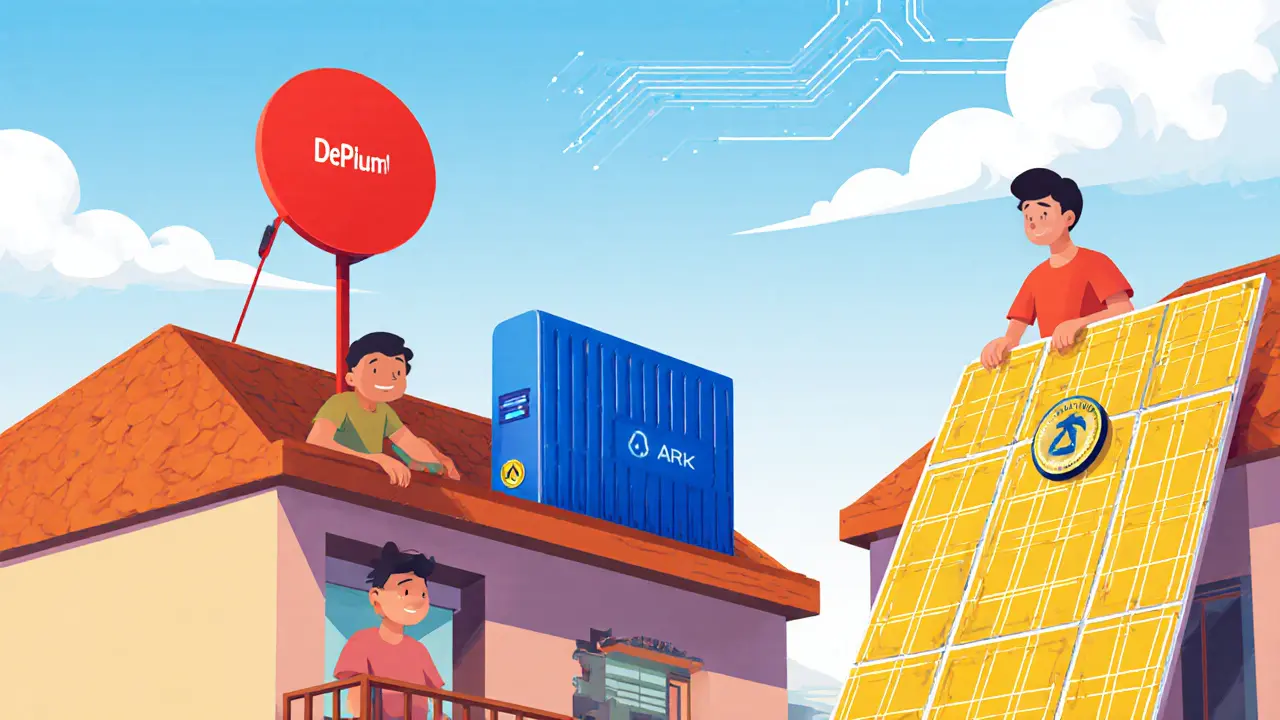When talking about decentralized telecom, a model where telecom services run on distributed ledger technology instead of a single operator. Also known as decentralized communications, it lets users own parts of the network and transact directly. This shift requires blockchain as the core infrastructure, because only a tamper‑proof ledger can track usage, payments, and ownership across many participants.
One of the first building blocks is blockchain, the immutable database that records every call, data packet, and token transfer. By embedding telecom data on a blockchain, operators can offer trust‑less services where the network itself enforces rules without a central authority. This enables tokenization, the process of turning bandwidth, SIM slots, or antenna access into tradable digital assets. Token holders can earn fees when their assets are used, turning idle infrastructure into revenue streams.
Another key piece is the rise of decentralized networks, peer‑to‑peer mesh systems that route traffic without a traditional backbone. These meshes pair well with emerging 5G, the high‑speed wireless standard that promises low latency and massive device density. When 5G radios connect to a blockchain‑managed mesh, users get faster speeds and more resilient coverage, especially in remote areas where big carriers rarely invest.
Decentralized telecom encompasses tokenized network services, meaning every kilobyte can be priced, bought, or rented in real time. It requires blockchain infrastructure to ensure transparent settlement, and tokenization influences telecom business models by turning capital‑intensive towers into shareable assets. These semantic links create a new ecosystem where regulators, investors, and end‑users all have a stake in the network’s health.
Below you’ll find a curated set of articles that break down each piece of this puzzle: from deep dives into blockchain‑based DEXs that can handle telecom token swaps, to regulatory outlooks that affect how decentralized telecom can operate in different countries. Whether you’re a developer, an investor, or just curious about the next wave of communications, the posts ahead give you practical insights and real‑world examples to help you navigate this fast‑moving space.

Explore how decentralized physical infrastructure (DePIN) works, its leading projects, benefits, challenges, and future outlook for participants and regulators.